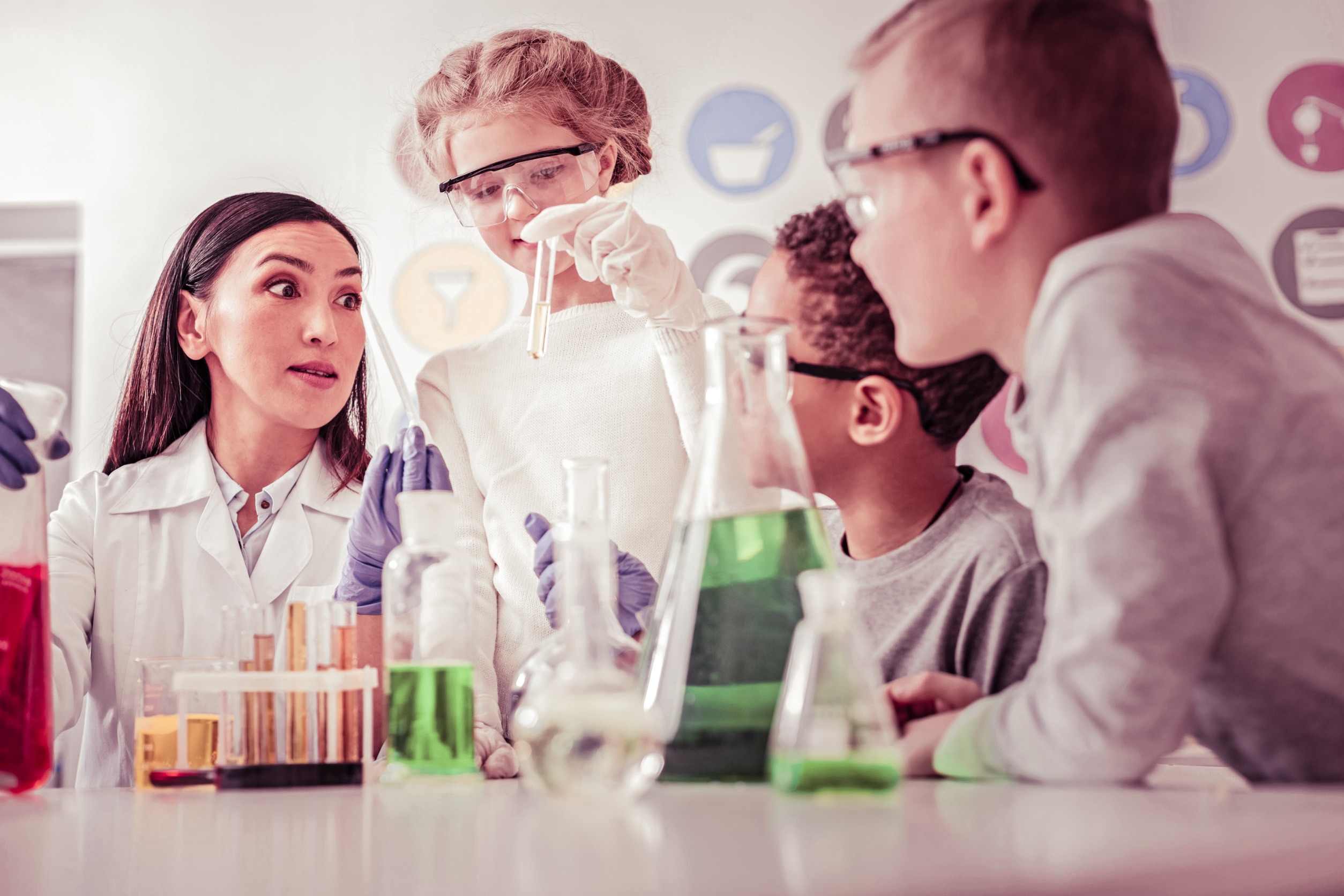A Resource Guide for Science Nerds

By: FUN Monster
Plenty of adults have probably told you that learning about science is important because it will help you find a job after you graduate, and you know that it's important because you have to be able to pass your science classes in school. But learning about science isn't just important: It's also fun. Science relies on doing hands-on experiments and learning about things that are all around you everyday, so it can be a lot more enjoyable to learn about than subjects where you have to just read and remember things from a book. You're also not limited to doing science at school. There are lots of experiments you can do at home on your own to learn more about our world and have fun doing it.
Collect energy from the sun and use it to cook yourself a snack.
Build your own balloon-powered car and learn about Newton's third law of motion.
Minding Your Mummies: The Science of Mummification
Have you ever wondered how ancient Egyptians turned people into mummies? If so, try this experiment. It takes a while to work, but in the end, you'll have a mummified hot dog. Just don't eat it when you're done: Mummies aren't food.
Making rock candy is easy, and along the way, you'll learn about supersaturated solutions and crystallization. You'll also get to eat the results.
Crash Course Kids is a great resource to help you learn about all sorts of things, starting with this video about why animals eat.
Learn about Newton's first law of motion by playing with a fidget spinner and watching what it does.
You'll see crystallization in action when you do this experiment.
In this game, you'll need to use the different states of matter and the parts of the water cycle to get Enki the water droplet to the goal.
Get Involved in Citizen Science
Find out how you can help with real-world scientific research as a citizen scientist with SciStarter.
All you need is a plastic bag, a rubber band, and a plant to learn about how plants give off water through their leaves.
The PBS show Eons has tons of videos explaining how life evolved on Earth, including this one about what happened to the T-Rex's tiny arms.
How to Do the Egg in a Bottle Experiment
It might look impossible to fit an egg into a bottle, but with the power of air pressure, it can happen.
Dust can collect anywhere, but where does it come from? Explore the origins of this common substance.
Pull apart the parts of a flower to find out about the different parts inside that allow plants to reproduce.
Graham Cracker Plate Tectonics
You can use some graham crackers and a bowl of whipped topping to learn about how Earth's tectonic plates move and interact.
Cadette Activity: Exploring How We See the Stars
Try this experiment created for a Girl Scout badge to learn about how our eyes see the colors of light emitted by stars.
You can make your own indicator that shows whether something is an acid or a base using red cabbage.
DNA is the microscopic blueprint that makes us what we are, but you can see plant DNA with your naked eyes by doing this activity.
Learn where stars come from with this video from Khan Academy.
Our DNA and our environment give us unique traits that make us different from every other person on Earth.
Why Are Winters Getting Worse if the Planet Is Getting Warmer?
Watch this video to understand how a warming planet is causing worse winter weather.
Bring the Noise: The Science of Sound Waves
Just like waves move through water on the ocean or a lake, sound waves move through the air, carrying everything you hear into your ears. This interactive lesson breaks down the science of how sound carries.
Explore the periodic table and all of the elements it contains by playing this game. How many different elements can you match to their symbols?
Disguise nickels and dimes as pennies by coating them with copper using the power of science.
There's life just about everywhere on Earth, from the Sahara Desert to the deepest depths of the ocean. Find out about what lives at the bottom of the sea with this interactive activity.

